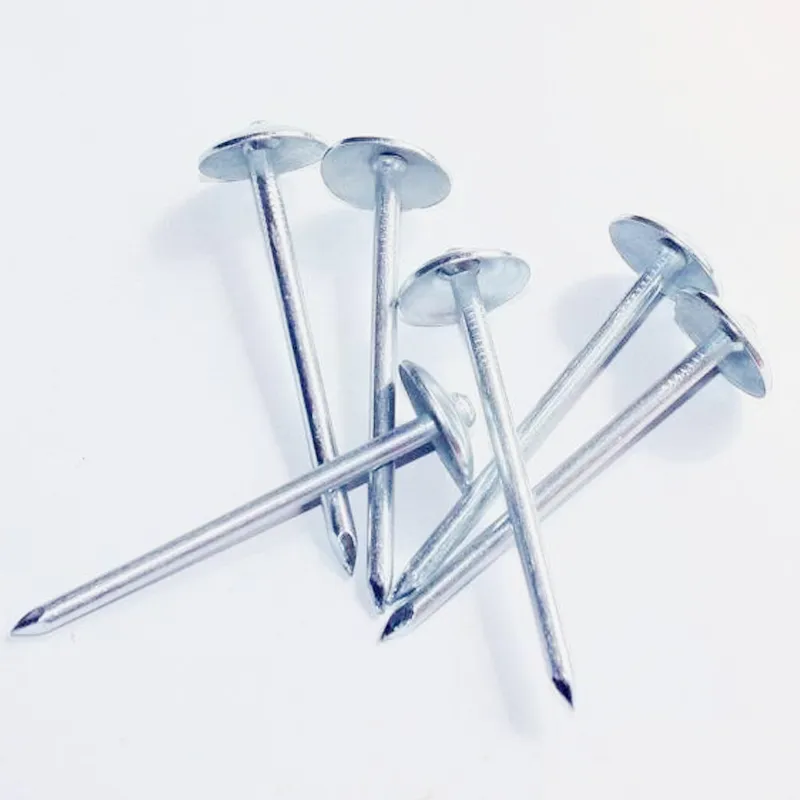Understanding Pet Crate Sizes A Comprehensive Guide
Choosing the right crate for your pet is an essential aspect of responsible pet ownership. A pet crate serves multiple purposes it provides a safe, secure space for your animal, aids in house training, offers a sanctuary during travel, and can be a critical component in behavioral training. However, one of the most significant decisions you'll make is selecting the correct size. Crate size directly impacts your pet's comfort and well-being.
Why Size Matters
When it comes to pet crates, size matters for several reasons. A crate that is too small can cause anxiety and discomfort, while one that is too large may lead to confusion regarding the pet's designated space for sleeping and relaxing. Crate training hinges on the idea that the crate should feel like a den — a snug, secure place rather than a vast, open area.
Measuring Your Pet
To find the right crate size, you must first measure your pet. Measure your dog or cat from the tip of their nose to the base of their tail for length, and from the ground to the top of their head (or the highest point of their back when standing) for height. Add a few inches to these measurements to ensure there’s enough room for your pet to move comfortably.
For example, if your dog measures 24 inches long and 18 inches tall, you should look for a crate that is at least 30 inches long and 24 inches tall. For puppies, consider how big they will grow. Opting for a crate with a divider can also be a practical solution, allowing you to adjust the size as your puppy matures.
Standard Crate Sizes
Pet crates come in various sizes, typically categorized as follows
pet crate sizes

1. Small (up to 25 lbs) Suitable for small breeds like Chihuahuas, Dachshunds, and Yorkshire Terriers. 2. Medium (26-50 lbs) Ideal for breeds like Beagles, Cocker Spaniels, and French Bulldogs. 3. Large (51-90 lbs) This size accommodates dogs such as Labradors, Boxers, and Border Collies. 4. Extra Large (91 lbs and above) Perfect for giant breeds like Great Danes, Saint Bernards, and Mastiffs.
But always remember, these weight categories can vary depending on the manufacturer's specifications. It is always best to refer to the specific size chart provided by the crate manufacturer.
Types of Crates
There are various types of crates available, including
- Wire Crates These are breathable and provide visibility, making them ideal for indoor use. They usually come with a divider for growing pups. - Plastic Crates Often used for travel, they provide a more enclosed environment and are typically sturdier.
- Soft-Sided Crates Lightweight and portable, these are great for travel and short-term use but may not be suitable for chewers or large dogs.
Each type has its own pros and cons, and the right choice often depends on your pet's temperament, your lifestyle, and how you plan to use the crate.
Conclusion
Selecting the right size of pet crate is critical for your pet’s comfort, safety, and training success. By accurately measuring your pet and understanding the various crate types available, you can ensure that your furry friend feels secure and relaxed in their own space. Whether for training purposes or as a safe haven during travel, the right crate will contribute to a happier, healthier pet. Invest the time to choose wisely, and both you and your pet will reap the rewards in the long run.

















